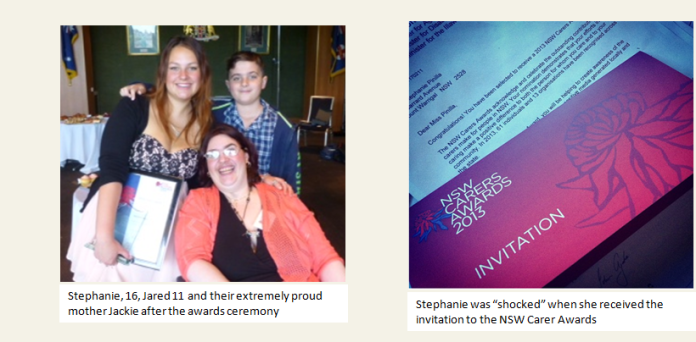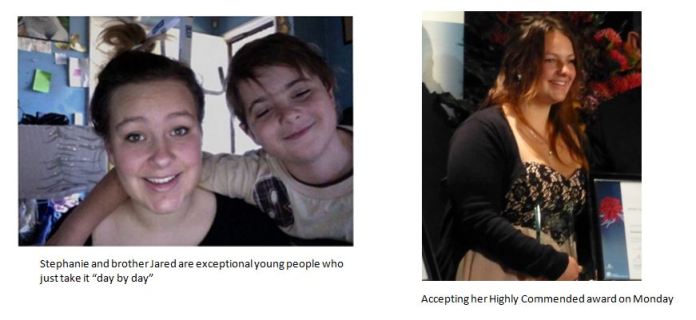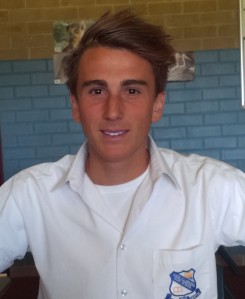Born into a privileged Melbourne family, Chantelle Baxter’s life was filled with parties, overseas holidays and private schools – she had everything. Not quite. By the time Chantelle left high school her life had been affected by “domestic violence, alcoholism, drug abuse, sexual abuse and suicide attempts”.
After a short stint at university – studying web design – Chantelle was not happy as she “realised that money was not the key to my happiness. I was miserable. I needed a change.” On the advice of her mentor, Chantelle embarked on a leadership program to Sierra Leone, West Africa. And that is where her “life really began”.
Without the luxuries of home, Chantelle believed she, “would not last the first week. I’d barely even been camping before, and now I was being asked to do manual labour in 35 degree heat. I hated it. And I cried, a lot.” But after a few wise words from her mentor, Chantelle’s mindset changed – dramatically.
Returning home by the end the month, Chantelle realised, “I didn’t fit in anymore. I couldn’t go back. I was different, and it was time my life reflected that.” In early 2009, Chantelle hit the reset button, gave up her old habits, her boyfriend, her apartment, her old life and from this, One Girl was born.
Chantelle later met co-founder David Dixon and set off on a 12 month mission to establish an organisation that would help educate young girls in Sierra Leone who are more likely to be sexually assaulted than attend high school. One Girl’s belief is that:
“Every girl on the planet has the right to an education. No matter where she is born, how much her family earns, what her culture says, every girl deserves the opportunity to learn, grow and be the best she can be. There is no tool for development more effective than the education of girls and women.”
And the statistics are phenomenal. An educated girl’s income rises by 10% every year she stays in school and will have a smaller, healthier family later in life which prevents her contracting and spreading HIV.
But to raise this money was a challenge. “It started as a dare between friends”. Chantelle’s friend was soon to be competing in the Melbourne Marathon and was dared to do it in a school girl’s dress, “at first he said no way – but after a couple of beers he thought it was a great idea.” People began “throwing money at him” and the idea of Do it in a Dress was born.
This October was set to be a huge month with the Do it in a Dress campaign flourishing. People have sky-dived in dresses, surfed at iconic Bondi Beach, completed the Great Wall of China walk – just to name a few. This year alone, they have raised a staggering $314, 785 which has sent 1,049 girls to school in Sierra Leone.
The future for One Girl sees a Christmas campaign to help build schools called ‘I Don’t Want a Present’ as we waste over $700 million dollars every year and Chantelle hopes “to capture just $50,000 of that”.
But the real, dream goal “would be to have 1,000,000 girls back in school”. And to think, this can be reality with one girl in one dress.







